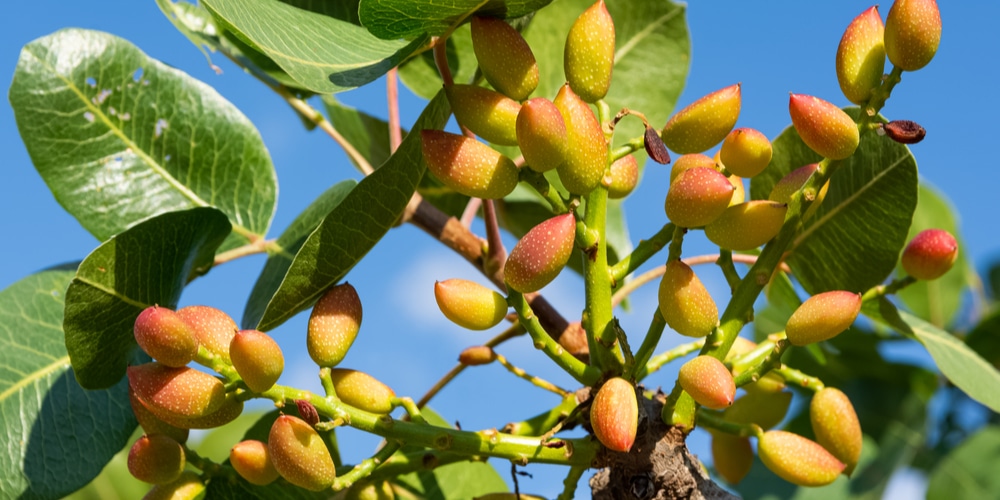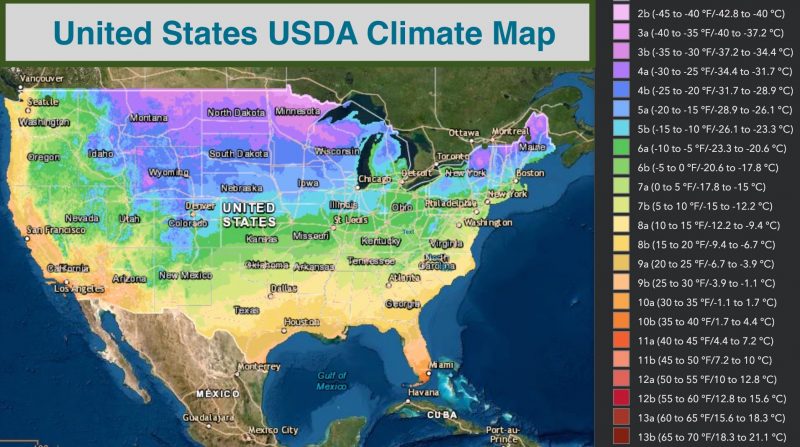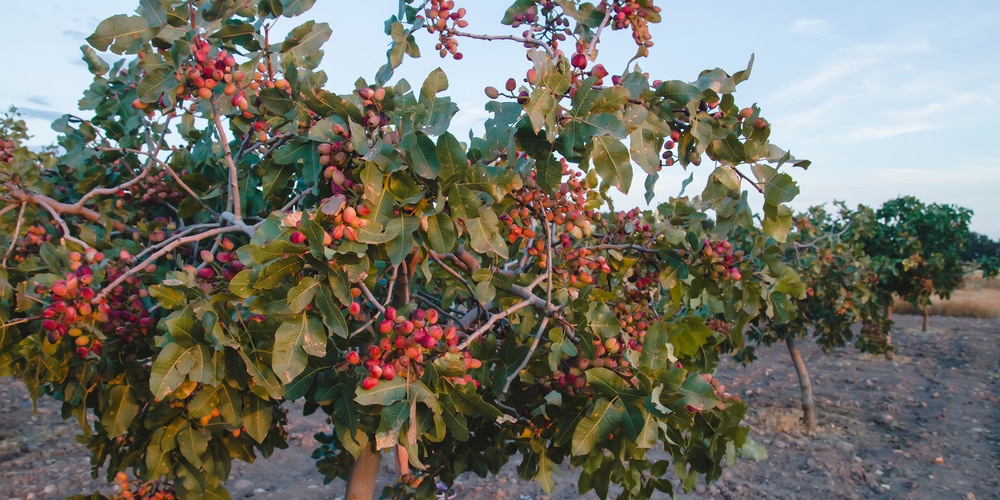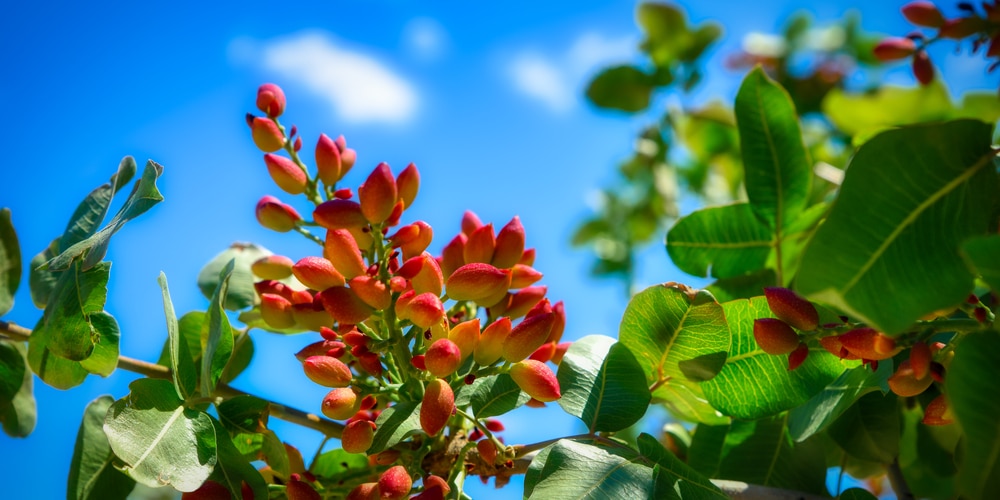Pistachios are delicious nuts with a distinctive taste: and if you love them, you know how expensive they can get. They are tasty, healthy, and versatile, perfect in your diet as snacks. So, what about planting a pistachio tree in your yard? Are they challenging to grow? Which USDA Zones do Pistachio Trees grow in?
The truth is that if you manage to give these trees what they need to thrive, you can expect fully mature pistachio to produce between 20 to 50 lbs of nuts. But you’ll need to be patient with them!
You might get your first pistachios only after seven or eight years. Still, the wait will be worth it, and it will pay you off with plenty of delicious nuts! But how can you take care of pistachio trees?
Pistachio Tree Zones: What USDA Climate Zones Do Pistachio Trees Grow Best In?
To begin with, you must consider planting pistachios only if you live in USDA hardiness zones between 7 and 11. The best pistachio tree zones are 8, 9, and 10. Some nut trees can grow in a colder climate such as zone 4, but most need warmer weather.
These trees prefer hot and dry climates and are ideal in desert gardens and orchards. Ideally, winter temperatures should not fall below 5F, and your trees must get at least 850 hours of warmth.
Also, avoid exposing your pistachios to too much rain or humidity: it can weaken your plants and make them susceptible to diseases and attacks from pests.
Pistachios are native to the Middle East and Central Asia, but today, you can find them across China, India, Italy, and the United States.
To maximize your chances of getting plenty of crops, consider planting more than one tree: they will cross-pollinate and give you plenty of nuts.
Check with your cultivar to ensure the species you select are compatible. Pistachio trees are deciduous and can grow up to 30 feet high: make sure you have enough space in your garden to allow them to thrive.
But what more should you learn about pistachio trees? You are in the right place to find out! Here, we included all the information you must be familiar with when growing pistachios in your yard!
How to Grow Pistachios: Our Tips
After ensuring your region falls under the “Pistachio Tree Zones,” you must be careful in preparing the site to accommodate these plants’ growth.
Luckily, these trees are not too fussy about soil conditions: under the optimal environment, they will grow in infertile, salty, and even rocky substrates. However, they perform better in well-draining loamy soils!
Soil PH
If you can, provide them with alkaline conditions: you will get better harvests when planting them under a pH between 7.1 and 7.8. Make the necessary amendments to get the most out of your pistachio trees!
Sun
Plant your trees under full sun. Do so between January and February, and don’t forget to dig a hole deep enough to contain the tree’s roots. When planting more than one pistachio, remember to leave at least 15 feet between them.
Water
The best thing about growing pistachio trees is that you don’t have to worry too much about watering them. Instead, beware not to overwater them: too much moisture can lead to root rot quickly. Water your trees abundantly but not frequently.
To avoid issues, insert a screwdriver in the soil: if it comes out dry at about 8 inches deep, it is time to give some extra moisture to your plants. Stop watering your pistachios in October when they enter dormancy. Resume in the winter but reduce frequency and quantities.
Fertilizer
While these trees are slow growers and don’t need much fertilizer, you should consider adding a product to prevent mineral deficiency. You can go to your favorite gardening store and look for something containing boron, copper, and zinc.
Avoid fertilizing your trees during the first year. Then, select a slow-release product and apply it in the spring to boost its growth. Avoid overdoing it: you might cause your pistachios harm: instead, always follow the instructions you find on the product’s label.
Pests and Diseases
Pistachios aren’t particularly hard to grow if you know what to give them. However, they are susceptible to pests and diseases. If you see something off with your trees, ensure you take action as soon as you can: avoid infestation by spraying your plants with a solution of insecticidal soap.
You might also have to lightly prune your trees to keep them in shape and allow adequate airflow. Remove broken, unhealthy, or dead branches. Doing so will also minimize the appearance of diseases.
Related Article: Are Pistachio Shells Compostable?



